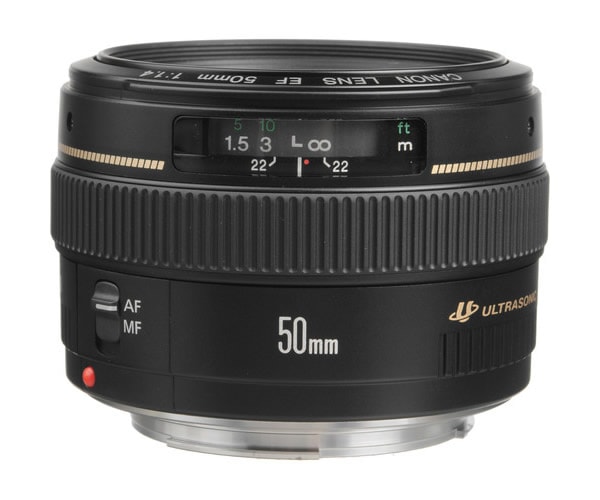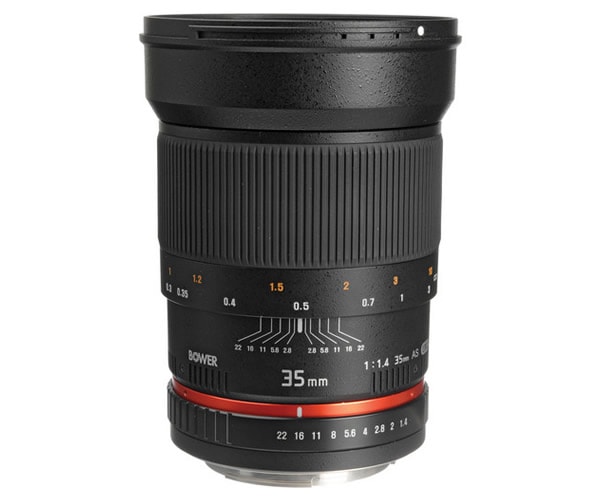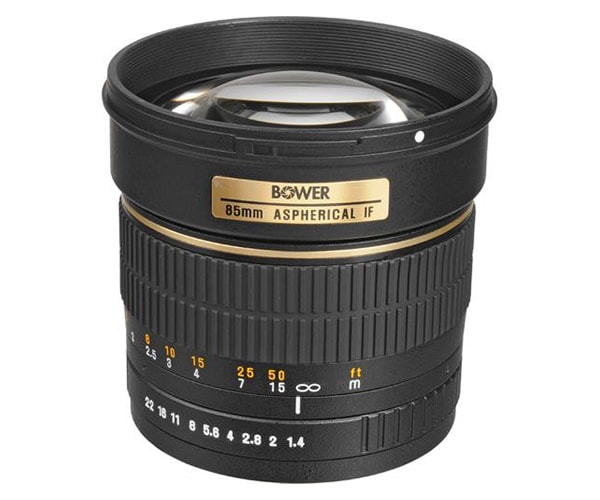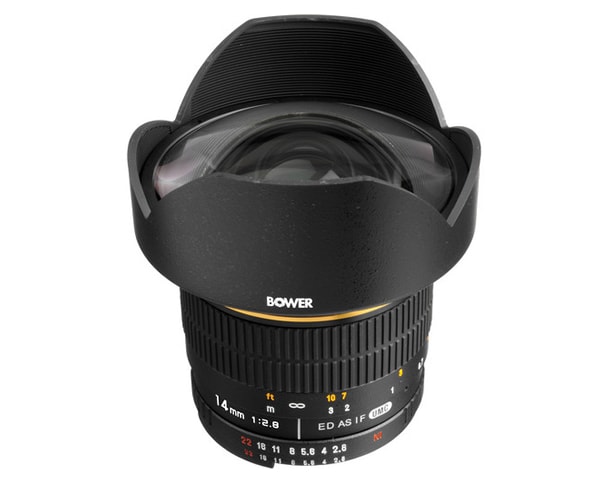Four Hot Budget Primes
There’s still a debate that occasionally rages in photography forums about whether primes are better than zooms. In these days of computer-aided design, automated milling and advanced lens coatings those discussions have largely been settled. I don’t think anyone would seriously argue that Canon L or Nikkor zooms are inferior in any way that’s relevant to modern photography.
All the same when manufacturers decide to make a prime lens they can put all the engineering into the optics at a single, fixed focal length, and optimize everything about the lens without worrying about making all the moving parts work at different focal lengths.
One of those prime lenses, considered a classic in the photography world, is the Canon 50mm f/1.4, nicknamed the “Nifty Fifty” by photographers. Yes, you have to move your feet to frame the shot but wait until you see the results! The Canon and Nikkor 50mm lenses have been the gateway drug for prime lenses for many photographers.

The Canon 50mm f1.4 is available at B&H Photo
Leaving out the focusing motors and in-lens image stabilization, manufacturers can turn out optics that are genuinely amazing at a price that won’t break the bank. One of those companies doing just that is Samyang Optics Company, Ltd., which sells its products under several brand names including Bower, Vivitar, and Rokinon. If you can live with the limitations of focusing yourself and picking the f-stop, you can get lenses rivaling glass that costs thousands more.
My absolutely favorite lens among budget primes is the Bower 35mm f/1.4. For under $450, this lens consistently turns in razor sharp results and deep, saturated colors. My only ding on the 35mm is that it can get the slightest bit soft at f/1.4 but that’s really digging deep to find something wrong with an otherwise outstanding piece of glass.

The Bower 35mm f1.4 is available at B&H Photo
This lens comes in two versions, the one shown for photographers and the cine model with a declicked aperture ring calibrated in t-stops for filmmakers.
If you want to get in a little closer you can step up to the Bower 85mm f/1.4 which should be nearly perfect for shooting portraits in most situations.

The Bower 85mm f1.4 is available at B&H Photo
That’s the way the old timers used to do it in the studio, dancing back and forth to change the frame. If you haven’t tripped over a light stand backing up in the studio, then you’re probably not old enough to remember when primes were pretty much the only game in town.
To go wider you have several options to consider. You can step down to the Bower 24mm, which to me doesn’t look that much noticeably wider than the 35mm, or you can keep on going to either the Bower 14mm or Bower 8mm, which starts to show some noticeable fisheye effect.

The Bower 14mm f2.8 is available at B&H Photo
What impresses me about the Bower 35mm and 24mm is that those lenses provide a wide field of view but it’s flat; you don’t see any hint of parallax or wide angle distortion. The 14mm has just a hint of wide distortion and it’s really noticeable in the 8mm, though not as much as you might guess for a lens that wide.
Do be aware that in the Bower line lenses smaller than 24mm do not have a front filter ring! Half the fun of shooting fast lenses is getting that delicious bokeh. To get that you’ll need ND filters; on a sunny day you might need more than one. With the 14mm and 8mm you will need to purchase a filter holder separately and get the drop in filters that fit. Those are not expensive, just a surprise to some people they need them.
If I’m setting up my prime line today, this is what I’m getting:
- Bower 85mm f/1.4
- Canon (or Nikkor) 50mm f/1.4
- Bower 35mm f/1.4
- Bower 14mm f/1.4
That’s a set of lenses that will turn in amazing shots for the extra effort of focusing, except the Canon and Nikkor which both have autofocus. Another advantage to primes, and why they come in cine versions, is that you can also use them to shoot amazing video with your DSLR. Manual lenses are great with DSLR filmmakers because they turn off all the automatic features anyway.
I’m also a little torn between the Bower 35mm and 24mm, which also comes in a tilt shift version under the Rokinon name for $999. With all the money you save on the other lenses you can probably afford to get yourself some tilt shift goodness.
Prime lenses make you move a little more and some make you even focus yourself, but when you see the results I think you’ll agree it was worth a little extra effort.
